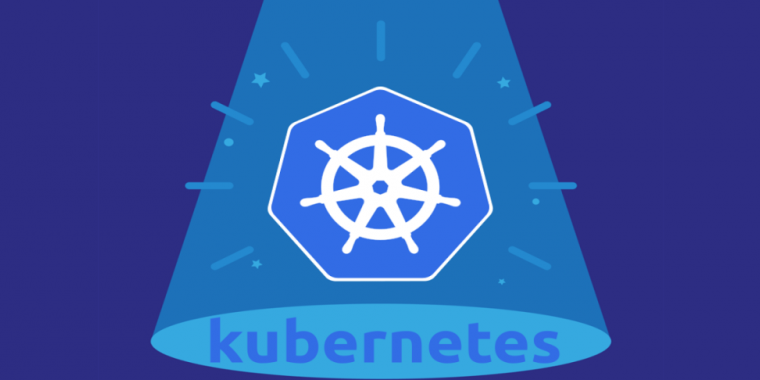
There are two types of Kubernetes services: the “service” and the “pod.” We may design a K8s service as an abstract approach to distribute load across the pods and expose an application running on a collection of Pods. In addition, adopting Kubernetes’ built-in service mechanism avoids the need to create a separate service discovery method.
Our firm provides Kubernetes consulting services and is happy to share this article with you.
How are Kubernetes services defined?
Using a single URL, a Kubernetes service may make it simple to expose an application running across a number of pods. To be a service is to be a REST object as well as an abstraction.
- A collection of pods
- A policy for their access
Pod IP addresses in Kubernetes are dynamically produced and deleted. Due to discoverability issues, the deployed application’s front end will have trouble deciding which pods to join.
This gives users a single view of all pods, independent of their IP addresses or DNS names.
Selectors are used by Kubernetes services to target a group of pods:
- Kubernetes endpoint APIs will be updated anytime pod changes are made in a service that uses Kubernetes API service discovery.
- Virtual IP-based bridge or load balancing mechanisms supplied by Kubernetes may be used by non-native applications in order to send traffic to the backend pods
Kubernetes service characteristics
Services have the following characteristics:
1. For each service, there is an IP address given to the service proxy.
2. Any targetPort may be used to map an incoming port to a service. (The targetPort may be configured as a string or the same value as the port field by default.)
3. Each backend pod may have a different port number allocated to each name. Change the port number that pods expose in your backend program (for example, without impacting clients) is possible.
4. TCP (the default), UDP, and SCTP are all protocols that are supported by the services.
5. A selector may be used to specify a service, or it can be left out.
6. Ports may be defined in a number of ways by services.
Services that can be run on Kubernetes
Kubernetes services are divided into four categories:
- ClusterIP
This is the default configuration, which makes the service available via a cluster-wide internal IP address. Only the members of the cluster have access to these services. If you want to expose your ClusterIP address to more traffic, you’ll need some kind of port forwarding or proxy.
- NodePort
On the IP address of each node is exposed a static port number, which is used by the NodePort service to communicate with other nodes. The traffic is automatically routed to the NordPort service through a ClusterIP service. It is possible to access the service through a URL such as NodeIP>: NodePort>
- LoadBalancer
To make the cluster available to the World Wide Web, this is the method of choice. The kind of load balancer used by the LoadBalancer type of service is determined by the cloud provider and will be exposed to the outside world.
ClusterIP and NodePort services will be created automatically, as well as appropriate routing will be applied to traffic.
- ExternalName
The externalName column is mapped to this service type’s service name (Ex: app.test.com). This is accomplished using the CNAME record, which is returned as a value.
In a nutshell
That concludes our introduction to Kubernetes services. Our understanding of service kinds, service discovery and service proxy use is complete. Services are an essential aspect of Kubernetes because they allow pods, external services, and users to communicate with each other.
To see our other services, such as cloud cost optimization, follow the link: https://itoutposts.com/cloud-costs-optimization/



